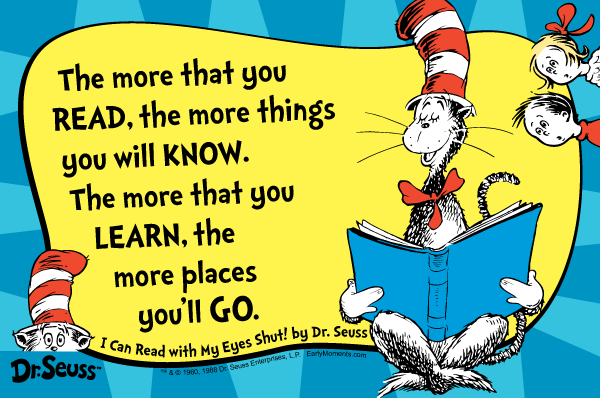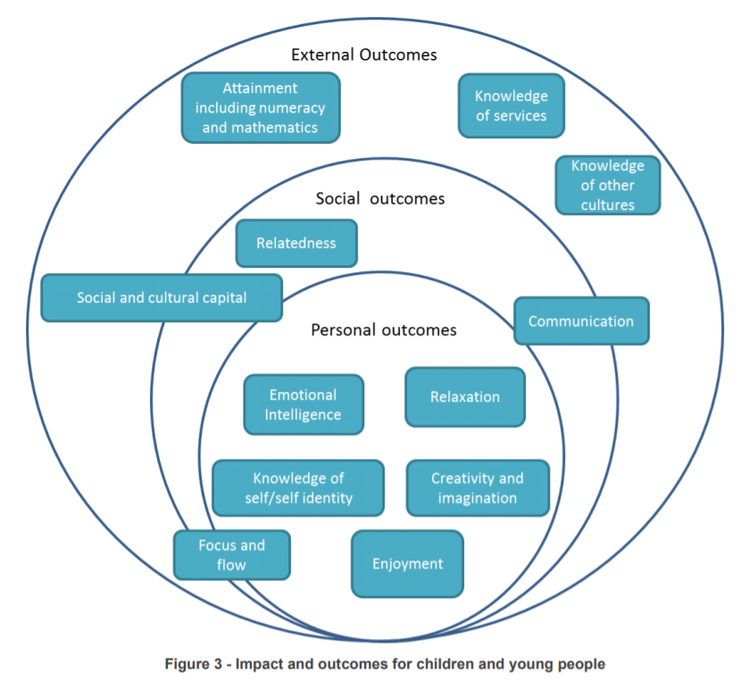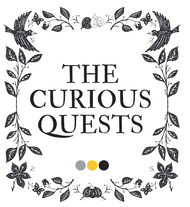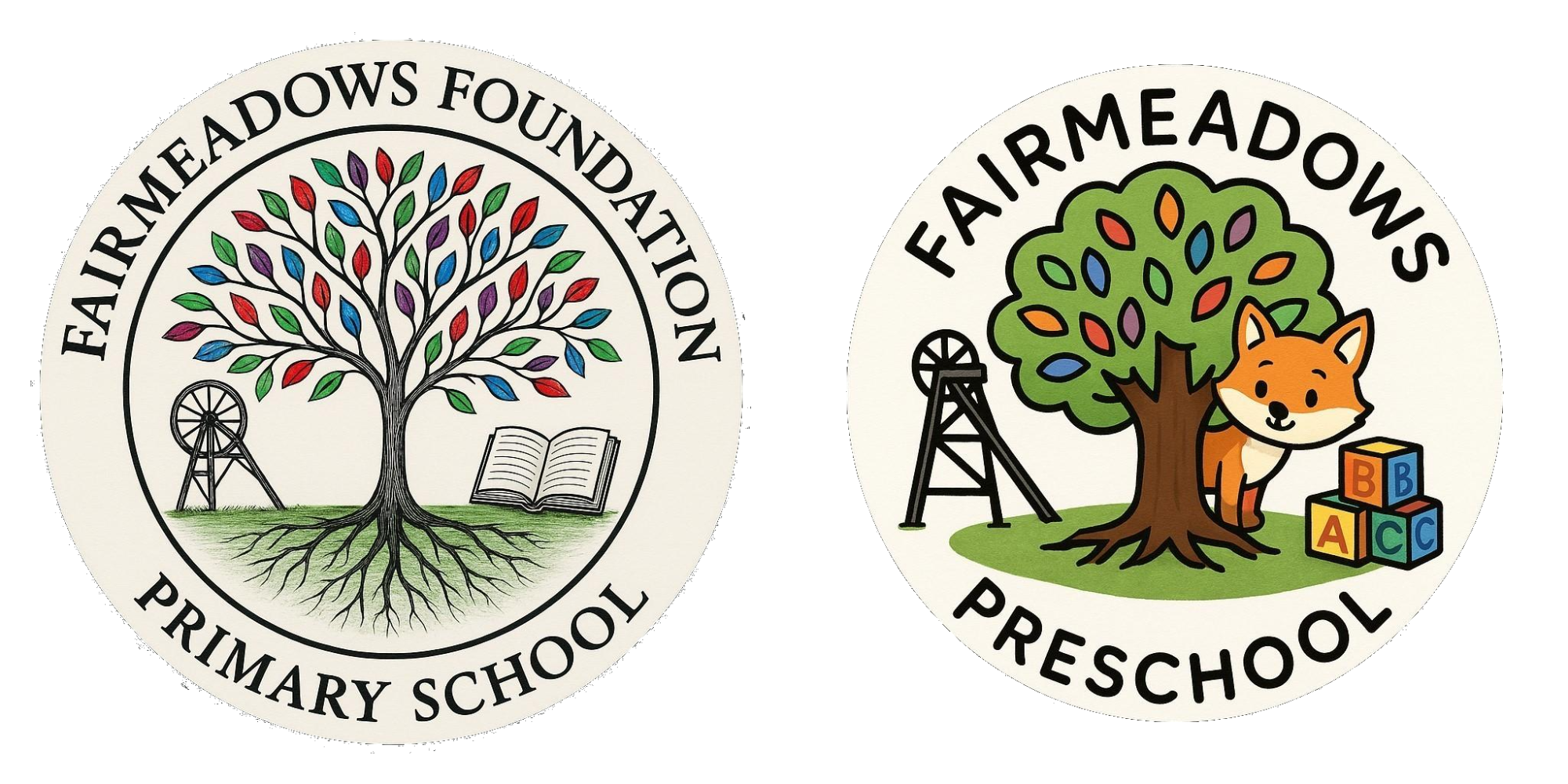English
English Champion
Mrs Fox
My name is Mrs Fox and I am the English lead. It is my belief that the study of English is vitality important in order to enable children to develop their ability to communicate their ideas, thoughts and emotions with clarity, coherence and detail as well as develop a pleasure for life-long reading.
We believe that reading is at the heart of all learning at Fairmeadows and so to support this, children at Fairmeadows are encouraged to read a wide variety of genres through their own reading and library books and are exposed to high-quality texts as part of their English lessons and class texts. Our library is overseen by well-trained Year 6 librarians, who engage with all of the children within the school to ensure that a range of text types and authors are supplied and even have the exciting opportunity to choose and organise new books for the school!
Vision
At Fairmeadows, we consider English to be a vital part of children’s learning which not only develops their writing skills, but also prepares them for their future. It enables pupils to express feelings and share experiences eloquently and concisely, allowing them to socialise effectively and function as part of their community as happy and confident individuals.
Aims and Goals

Very wise words from Dr. Seuss and it is a sentiment reflected in our own values at Fairmeadows. Children who engage in reading regularly experienced benefits far beyond their fluency and understanding of reading: children are able to enhance their emotional vocabulary and understanding of emotions, allowing them to express their own feelings and empathise with others on a much higher level, improving their social interactions; develop their own knowledge of their world around them and establish a variety of interests through the books they read as well as provide children with an opportunity to relax, focus and regulate their own moods through recreational reading.

- Benefits of Reading for Pleasure and Empowerment (BOP Consulting, 2015)
There is a strong link, evidenced through a large base of research, between children who read and those who are capable writers. Our goal at Fairmeadows is to provide children with regular opportunities to read and support their writing process to allow pupils to express themselves in an articulate manner, enabling them to socialize effectively and function as part of their community as happy and confident individuals.
Curriculum
Drawing Club is an initiative that integrates drawing activities into the learning curriculum, particularly aimed at young children in Early Years and Key Stage 1 (KS1).
It leverages the natural inclination of children to express themselves through art, using this as a bridge to develop their writing skills.
Here’s how a Drawing Club has been adapted at Fairmeadows from EYFS and KS1.
Regular Sessions: Scheduled weekly sessions where children come together to draw. Thematic Focus: Each session can have a theme, such as a story, an event, or a topic they are learning about.
Guided Drawing: Provide guidance through prompts or instructions, but allow creativity and freedom.
Discussion Time: After drawing, have a session where children talk about their drawings.
Drawing to Writing Transition: Encourage children to write a few sentences about their drawings.
How Drawing Club Helps Develop Writing Skills
Enhances Creativity and Imagination:
• Drawing stimulates creativity, which is essential for imaginative writing.
• Children can translate the scenes and stories from their drawings into words.
Improves Fine Motor Skills:
* The physical act of drawing helps develop fine motor skills, crucial for handwriting.
Builds Narrative Skills:
• Children often create stories with their drawings, which helps them understand narrative structure.
• Discussing their drawings encourages them to articulate their thoughts and ideas coherently.
Increases Vocabulary:
• As children describe their drawings, they learn new words and phrases.
• Teachers can introduce relevant vocabulary during the sessions.
Encourages Expression and Confidence:
• Drawing provides a non-verbal way to express ideas, which can then be translated into writing.
• Sharing their drawings and stories builds confidence in expressing themselves.
Develops Sequencing Skills:
• Creating a sequence of drawings (a comic strip, for example) helps children understand the flow of a story.
• They can then practice writing about the sequence, improving their ability to organize thoughts logically.
Provides Context for Writing:
• Drawing gives a visual context that makes writing tasks more concrete and less abstract.
• Children are more likely to write enthusiastically about something they have created visually.


In KS2 our English teaching runs in two-week cycles: it starts and finishes with a reading comprehension where children are taught comprehension skills explicitly and given the opportunity to practice these by engaging in a variety of text genres. Children are also taught explicit SPaG (spelling, punctuation and grammar) sessions to teach them specific skills which they are then encouraged to use throughout their writing and across the curriculum. The rest of cycle focuses on: engaging in high-quality example texts where pupils are able to have deep discussions around structure, SPaG and authorial intent; access to interesting stimuli such as film, music, imagery and objects; active learning to develop and experiment with adventurous vocabulary; modelling and practicing key writing skills in small groups and partners; writing their own versions of texts and editing in line with their success criteria and finally, review their end product and perform their writing.
DreamBox
This year, Year 5 are trialling DreamBox Reading Plus which is an intervention which aims to improve pupils’ silent reading fluency, reading comprehension and vocabulary.
Reading Plus incorporates an additional visual skills component (enabled as required for individual pupils), which is designed to train struggling readers’ eyes to move effectively and efficiently. Pupils log into the adaptive online platform and work independently, practice their understanding of the assigned weekly texts via comprehension questions and receive immediate feedback.
Reading Plus aims to support all pupils, including pupils with EAL and SEN and those requiring an additional challenge. In the trial, it is being used as a whole class intervention. The programme materials are focused on the KS2 content domains (e.g. inference, retrieval, and explaining the meaning of words in context). Existing research suggests that Reading Plus may accelerate reading progress.
Assessment
Children complete one piece of extended writing every fortnight. This piece of writing is quality marked by providing children with an area in which they succeeded and an area for development in their next piece. Pupils are also encouraged to assess their own writing in a similar way by writing a ‘star and a wish’, relating this back to the success criteria set at the beginning of the task. Throughout the process, children will also receive ongoing feedback to allow them to reach their full potential.
Each term, internal moderations take place to assess children’s attainment against the writing exemplifications and our assessment grids to ensure that all judgements made are consistent and fair in all year groups. External moderations are also attended each year with local schools to discuss and agree outcomes and next steps for groups of children.
Spelling, punctuation and grammar are also assessed through summative assessments each term.
Pupil Voice
At Fairmeadows, we take the views of pupils into consideration when reviewing the opportunities that we offer. This has allowed us to provide live writing workshops from real authors such as Billy Bob Buttons as well as restock our library with books that children have requested.
Documents and Useful Links
Please find below some useful documents that relate to the teaching of English at Fairmeadows. If you require any further information, please do not hesitate to get in touch.
